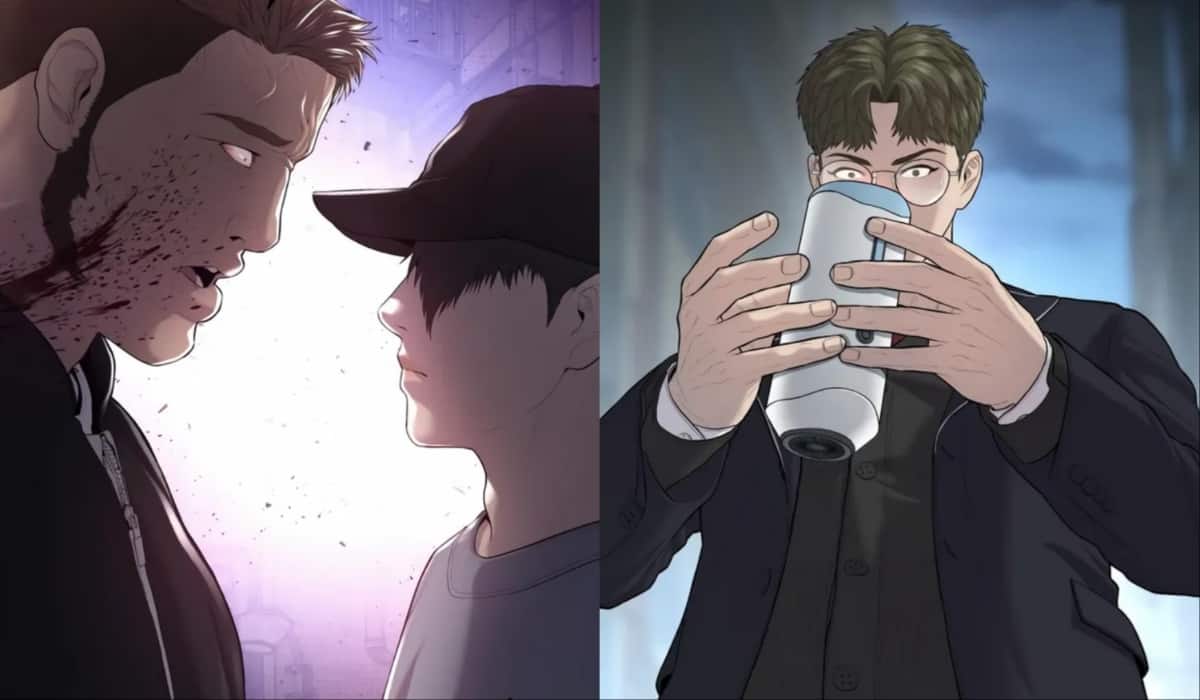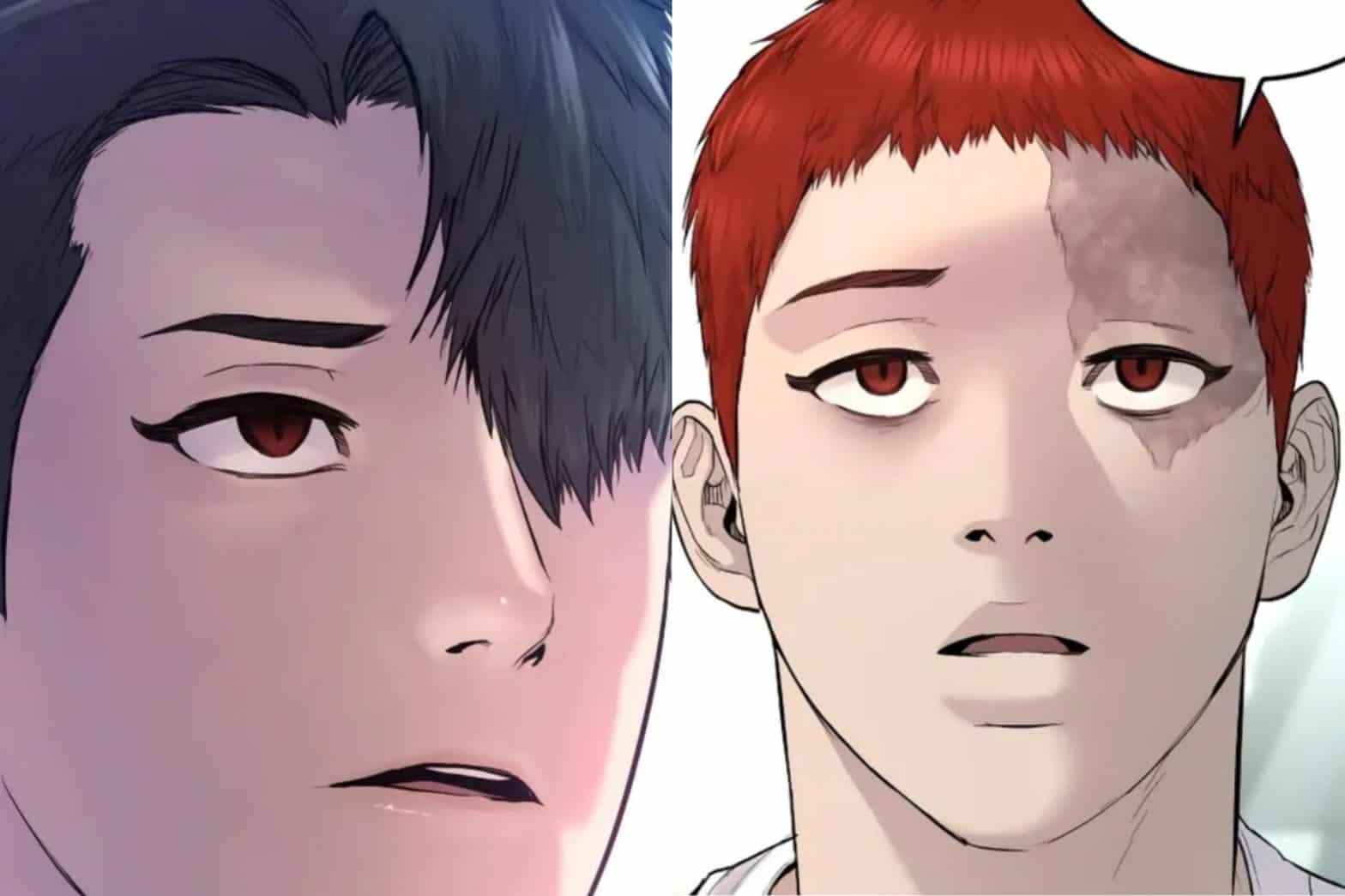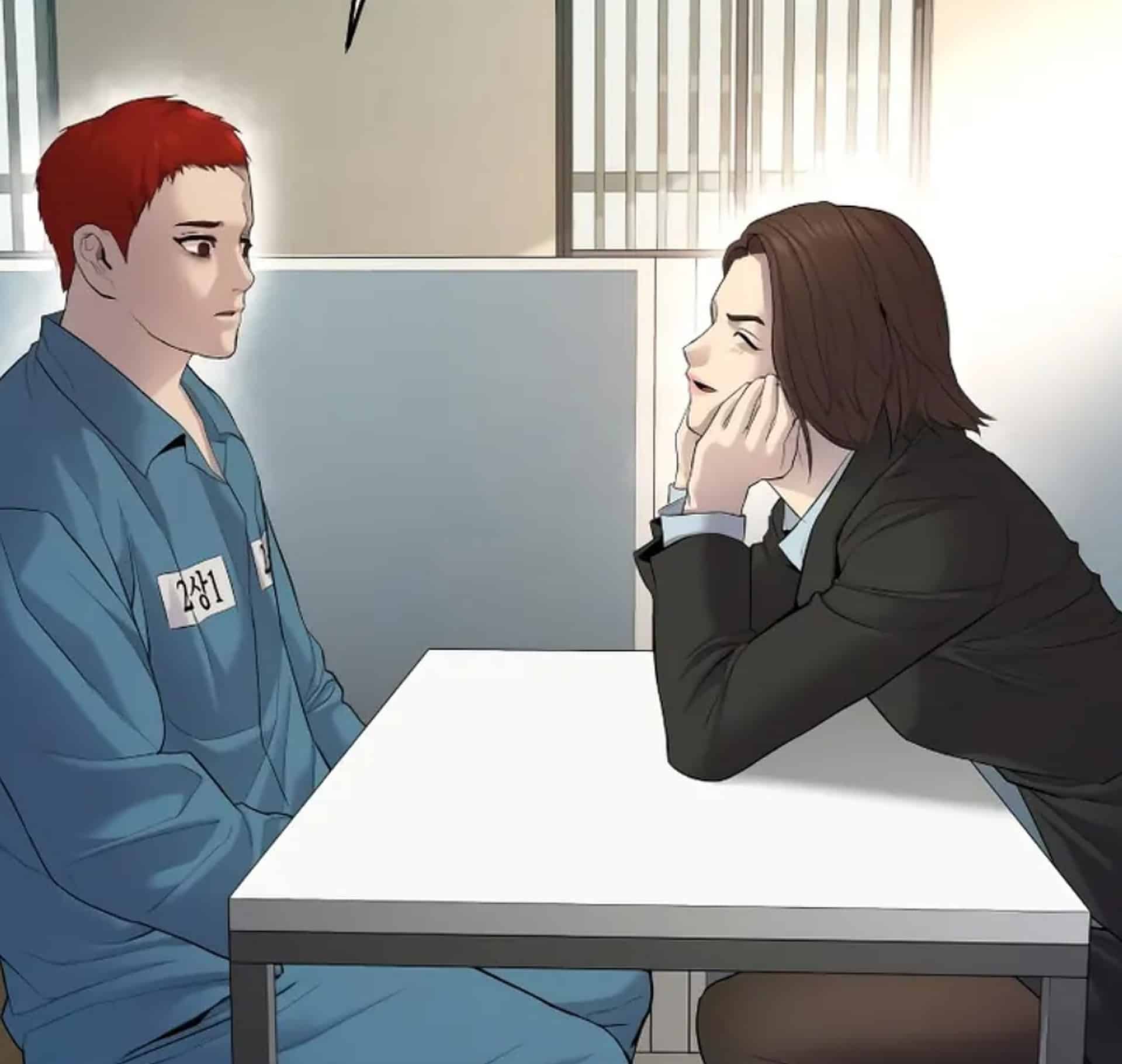Unveiling the Juvenile Offender Chapter 1, we delve into the captivating realm of juvenile justice, where we’ll navigate the complexities of a system designed to rehabilitate and guide young offenders. From understanding the unique characteristics of juvenile offenders to examining the range of offenses they commit, this chapter embarks on a journey of exploration, shedding light on the challenges and opportunities within the juvenile justice landscape.
As we progress through this chapter, we’ll unravel the factors that influence juvenile delinquency, uncover the mental health and substance abuse issues prevalent among young offenders, and delve into the diverse types of offenses they engage in. Moreover, we’ll dissect the sentencing and disposition options available, considering the factors that shape these decisions and the effectiveness of different approaches.
Juvenile Justice System

The juvenile justice system is a specialized legal system designed to handle cases involving minors. It differs from the adult criminal justice system in several key ways.
Key Components
The juvenile justice system comprises various components, including:
- Juvenile courts: Specialized courts that handle cases involving minors.
- Juvenile detention centers: Facilities where minors are held in secure custody pending trial or disposition.
- Probation departments: Agencies that supervise minors placed on probation.
- Youth services bureaus: Organizations that provide counseling, education, and other services to minors in need.
Differences from Adult Criminal Justice System
The juvenile justice system differs from the adult criminal justice system in several ways:
- Confidentiality: Juvenile court proceedings are typically confidential, protecting minors’ privacy.
- Focus on rehabilitation: The juvenile justice system emphasizes rehabilitation and treatment over punishment, aiming to help minors develop into responsible adults.
- Sentencing: Juvenile sentences are typically less severe than those imposed on adults for similar offenses.
Role of Rehabilitation and Treatment
Rehabilitation and treatment play a central role in the juvenile justice system. Minors are often placed on probation or in youth services programs that provide counseling, education, and other support services aimed at addressing the underlying causes of their behavior and promoting positive development.
Juvenile Offender Characteristics: Juvenile Offender Chapter 1

Understanding the characteristics of juvenile offenders is crucial for developing effective prevention and intervention strategies. This section will delve into the demographic profile, risk factors, and mental health and substance abuse issues commonly associated with juvenile delinquency.
Juvenile offender chapter 1 delves into the complex world of youth crime, shedding light on the factors that drive young people to commit offenses. While the chapter provides valuable insights into the juvenile justice system, it lacks a broader perspective on the societal issues that contribute to delinquency.
To gain a deeper understanding of these issues, readers may find it beneficial to explore animal farm chapter 5 , which offers a thought-provoking allegory on power dynamics and the dangers of unchecked authority. By examining the parallels between the two works, readers can gain a more comprehensive understanding of the root causes of juvenile delinquency and the importance of addressing them.
Demographic Characteristics, Juvenile offender chapter 1
Juvenile offenders come from diverse backgrounds and experiences. However, certain demographic factors have been identified as being associated with an increased risk of delinquency. These include:
- Age: Juvenile delinquency typically peaks between the ages of 14 and 17.
- Gender: Males are more likely to commit delinquent acts than females.
- Race and Ethnicity: Studies have found that African American and Hispanic youth are disproportionately represented in the juvenile justice system.
- Socioeconomic Status: Youth from low-income families are more likely to engage in delinquent behavior.
- Family Structure: Children from single-parent homes or families with parental conflict are more likely to exhibit delinquent behaviors.
Juvenile Offenses

Juvenile offenses are a serious problem in the United States. In 2018, there were an estimated 1.3 million juvenile arrests. These offenses range from minor misdemeanors to serious felonies.
There are many factors that can contribute to juvenile delinquency, including poverty, lack of education, and family problems. Juveniles who are exposed to violence or abuse are also more likely to commit crimes.
The severity of a juvenile offense is determined by a number of factors, including the nature of the offense, the age of the offender, and the offender’s prior criminal history.
Types of Juvenile Offenses
Juvenile offenses can be classified into two main categories: status offenses and delinquent acts.
Status offenses are offenses that are only illegal for juveniles to commit. These offenses include things like truancy, curfew violations, and underage drinking.
Delinquent acts are offenses that would be illegal for adults to commit, such as theft, assault, and murder.
Factors Influencing the Severity of Juvenile Offenses
The severity of a juvenile offense is determined by a number of factors, including:
– The nature of the offense: Some offenses are inherently more serious than others. For example, murder is a more serious offense than theft.
– The age of the offender: Younger offenders are generally treated more leniently than older offenders.
– The offender’s prior criminal history: Offenders with a prior criminal history are more likely to be sentenced to harsher punishments.
Impact of Juvenile Offenses on Victims and Communities
Juvenile offenses can have a significant impact on victims and communities. Victims of juvenile crimes may suffer physical, emotional, or financial harm. Communities may experience increased fear of crime and a decrease in property values.
Juvenile Sentencing and Disposition

Juvenile sentencing and disposition encompass the various options and factors involved in determining the consequences for juvenile offenders. Unlike adult sentencing, which often emphasizes retribution and punishment, juvenile sentencing prioritizes rehabilitation and the best interests of the youth.
The range of sentencing options available for juvenile offenders is broad, including probation, community service, fines, placement in a juvenile detention facility, or commitment to a residential treatment program. The specific sentence imposed depends on the severity of the offense, the offender’s age, and their individual circumstances.
Factors Considered in Juvenile Sentencing
When determining an appropriate sentence for a juvenile offender, the court considers several factors:
- The nature and seriousness of the offense: More severe offenses typically warrant more serious consequences.
- The offender’s age and maturity level: Younger offenders and those with limited maturity may receive more lenient sentences.
- The offender’s prior criminal history: Repeat offenders are more likely to face harsher sentences.
- The offender’s family and social circumstances: The court may consider the offender’s home environment, parental support, and access to education and resources.
- The offender’s amenability to rehabilitation: The court assesses the offender’s likelihood of successfully completing a rehabilitation program.
Effectiveness of Juvenile Sentencing Approaches
The effectiveness of juvenile sentencing approaches is a subject of ongoing debate. Some research suggests that rehabilitative approaches, such as probation and community service, are more effective in reducing recidivism than punitive approaches, such as incarceration. However, other studies have found that incarceration can be effective in deterring crime and protecting the public.
The most effective juvenile sentencing approach likely varies depending on the individual offender and the specific circumstances of the case. The goal should be to tailor the sentence to the offender’s needs and to maximize the chances of successful rehabilitation.
Ultimate Conclusion

In the concluding chapter of our juvenile offender exploration, we’ll synthesize the key takeaways, reflecting on the complexities of the juvenile justice system. By examining the unique characteristics, offenses, and sentencing approaches, we gain a deeper understanding of the challenges and opportunities in rehabilitating young offenders. This chapter serves as a foundation for further exploration, inviting readers to delve deeper into the intricacies of juvenile justice and contribute to shaping a more equitable and effective system for the future.

The juvenile offender in chapter 1 may have had a troubled past, but he is still responsible for his actions. His behavior has consequences, and he must face them. Just like in vinland saga chapter 201 , the characters are forced to confront the consequences of their choices.
In the juvenile offender’s case, he must learn from his mistakes and make better choices in the future.
If you’re looking for a fresh start, you might consider reading up on juvenile offender chapter 1. It’s all about giving troubled teens a second chance. And if you’re struggling with debt, you may want to consider filing bankruptcy chapter 7 in texas . It can help you get back on your feet and start fresh.
Juvenile offender chapter 1 is a great resource for anyone who wants to help troubled teens turn their lives around.